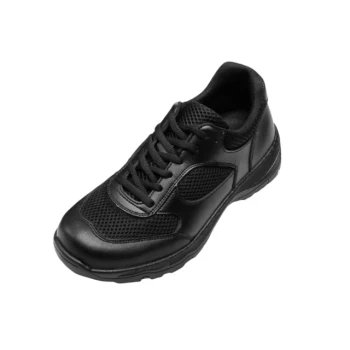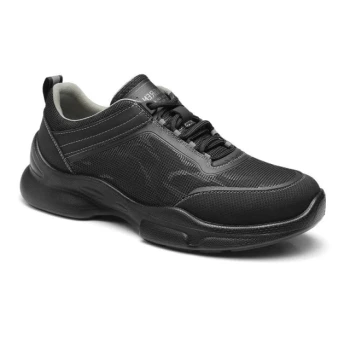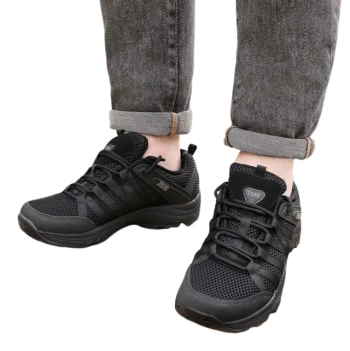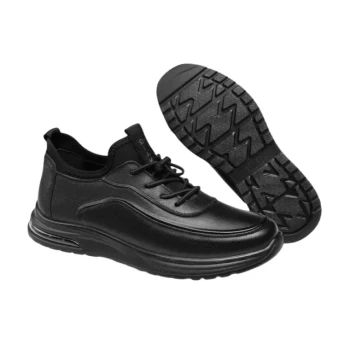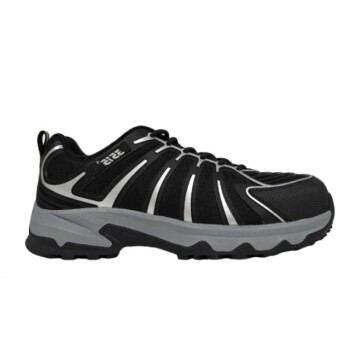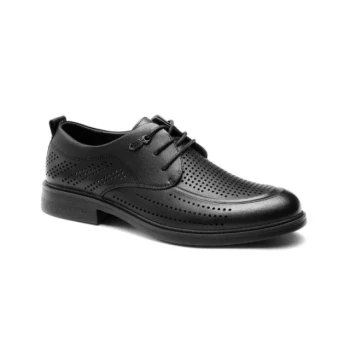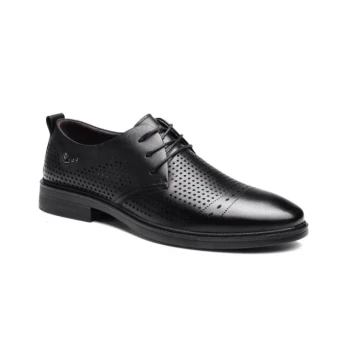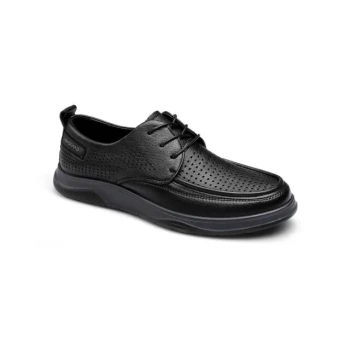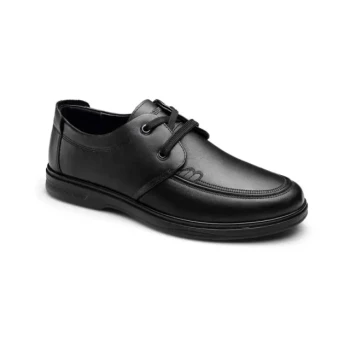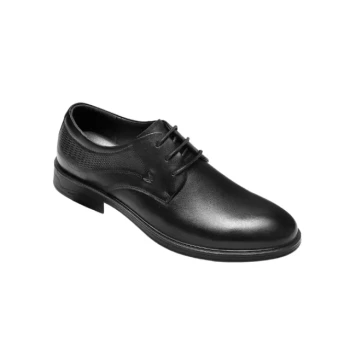The primary benefits of pigmented leather are its exceptional durability, uniform appearance, and ease of maintenance. A colored topcoat is applied to the hide, which acts as a protective barrier, hiding natural blemishes and providing strong resistance to fading, water damage, and daily wear and tear.
Pigmented leather is a practical choice that prioritizes resilience and a consistent finish over the natural characteristics of the hide. It exchanges the unique patina of less-treated leathers for superior protection and simplified care.
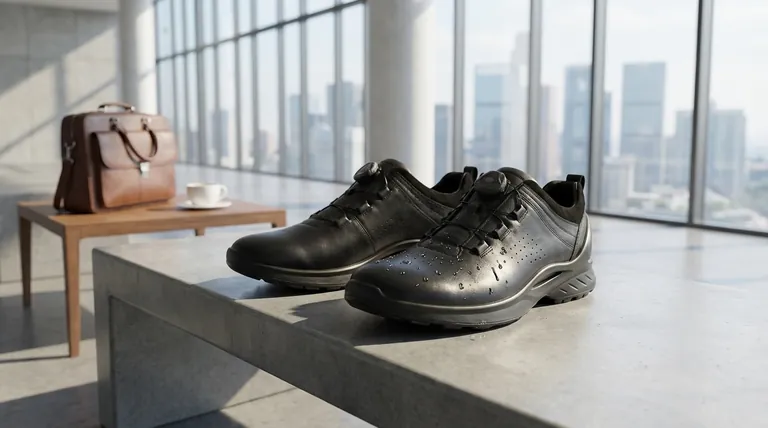
The Science of the Finish
Pigmented leather, often called "corrected grain" or "finished" leather, is defined by its surface treatment. Understanding this process is key to appreciating its benefits.
The Protective Topcoat
A polymer-based coating containing opaque pigments is applied to the surface of the hide. This layer creates a consistent, uniform finish.
Hiding Natural Imperfections
This topcoat effectively conceals natural marks like scars, insect bites, and color variations that are inherent to the animal's hide. The result is a flawless, even appearance across the entire shoe.
Color Consistency and Variety
The pigmentation process allows for a vast and stable range of colors that are not possible with simple dyes. The color is locked into the topcoat, ensuring a consistent hue that won't easily fade.
Built for Everyday Resilience
The defining advantage of pigmented leather shoes lies in their ability to withstand the rigors of regular use with minimal upkeep.
Resistance to Fading
The opaque pigment layer acts as a shield against UV rays. This makes pigmented leather shoes highly resistant to fading from sunlight exposure, keeping their color true for longer.
Protection Against Spills and Stains
Unlike more porous leathers, the sealed surface of pigmented leather prevents liquids from being absorbed quickly. This provides excellent resistance to water spots and stains, allowing spills to be wiped away easily.
Simplified Maintenance
Caring for pigmented leather is straightforward. Since dirt and grime rest on the surface coating, a simple wipe with a damp cloth is often all that's needed for cleaning. Occasional conditioning keeps the topcoat supple.
Understanding the Trade-offs
No material choice is without its compromises. The protective benefits of pigmented leather come with specific trade-offs compared to more natural leathers like aniline.
Reduced Breathability
The same polymer coating that blocks moisture also seals the natural pores of the leather. This can reduce breathability, which may be a consideration for all-day wear in warm climates.
A Less Natural Feel
The topcoat creates a uniform texture that can feel less soft and natural than unfinished leather. It lacks the unique grain and buttery feel that defines premium aniline hides.
Aging vs. Wearing Out
While aniline leathers develop a rich, complex patina over time, pigmented leather does not. Instead of aging gracefully, it shows wear through scuffs or potential cracking of the finish over many years of hard use.
Making the Right Choice for Your Shoes
Selecting the right leather depends entirely on your priorities and how you intend to use the footwear.
- If your primary focus is daily durability and low maintenance: Pigmented leather is an excellent choice for work shoes, commuter footwear, or any pair that will face unpredictable weather and wear.
- If your primary focus is a unique, natural character: You will likely prefer aniline or semi-aniline leathers that showcase the hide's original grain but require more diligent care.
- If your primary focus is a specific, vibrant color: Pigmented leather provides the widest and most consistent color palette available.
Ultimately, pigmented leather offers a practical solution that delivers outstanding performance and consistency for everyday footwear.
Summary Table:
| Benefit | Key Takeaway |
|---|---|
| Durability | Excellent resistance to fading, scuffs, and daily wear and tear. |
| Appearance | Uniform, consistent color that hides natural hide imperfections. |
| Maintenance | Simple to clean with a damp cloth; requires minimal upkeep. |
| Protection | Sealed surface provides strong resistance to water and stains. |
Ready to source durable, high-quality pigmented leather footwear?
As a large-scale manufacturer, 3515 produces a comprehensive range of footwear for distributors, brand owners, and bulk clients. Our production capabilities encompass all types of shoes and boots, including those made with resilient pigmented leathers perfect for work, safety, and everyday wear.
We can help you deliver products that combine lasting performance with consistent quality. Contact our team today to discuss your manufacturing needs.
Visual Guide
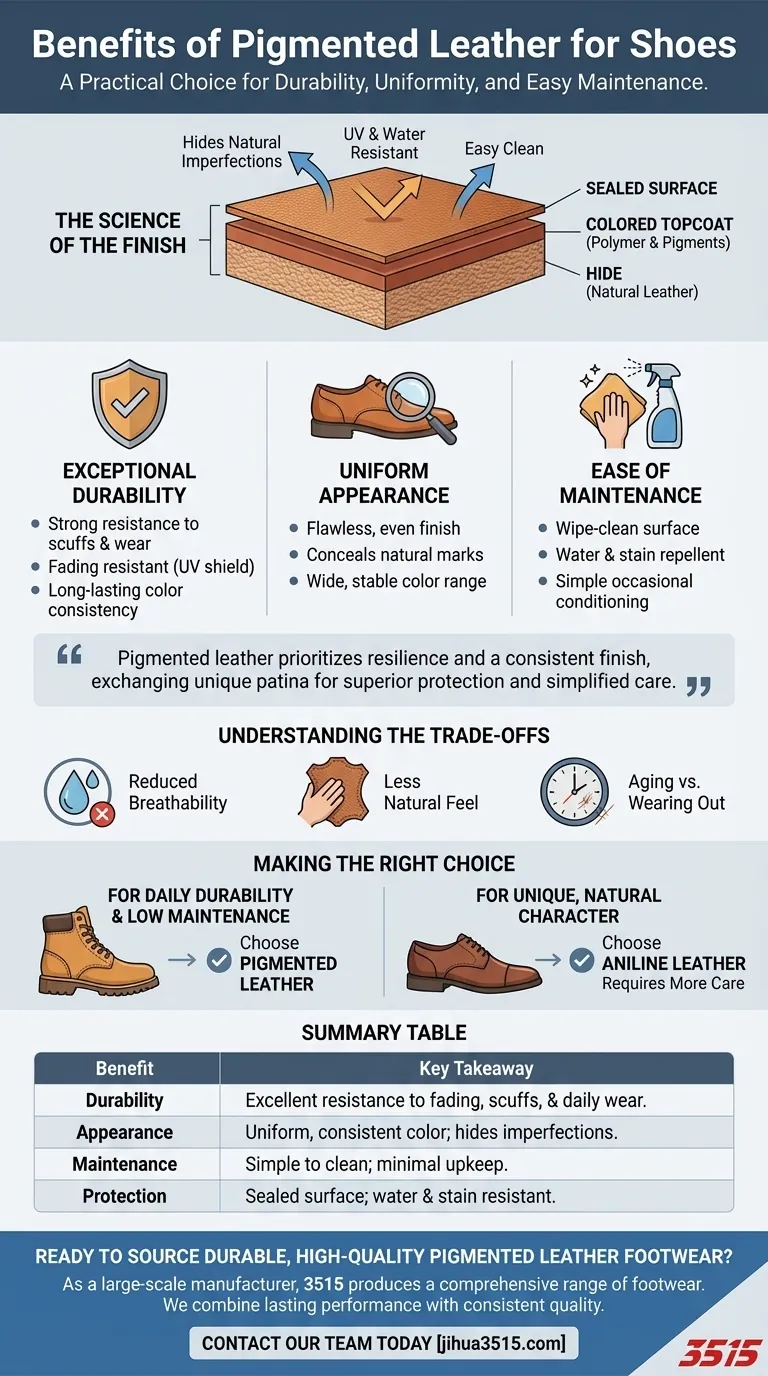
Related Products
- Wholesale Comfort Leather Business Shoes with Dial Lacing System
- Wholesale Durable & Breathable Training Shoes for Custom Brands
- Durable Rubber-Soled Utility Shoes for Wholesale & Custom Brand Manufacturing
- Factory Direct Wholesale Leather Comfort Shoes with Dial Closure
- Wholesale Breathable Training Shoes Custom Athletic Footwear Manufacturer
People Also Ask
- What should be known about genuine leather for shoes? Don't Be Misled by the Label
- How can one identify authentic leather footwear? A Guide to Spotting Genuine vs. Fake
- What should consumers look for to avoid misleading claims about leather quality? A Guide to Identifying Genuine Quality
- What are the benefits of seamless leather in office work shoes? Eliminate Friction for All-Day Comfort
- What are the key features of high-quality leather in shoes? Invest in Durability and a Perfect Fit

